In a move intended to keep students safer, a local school district implemented sweeping video surveillance systems. Parents had no idea it was happening.
Editor’s note: This article is first in our series called “Panopticon: The Berkshires,” exploring various types of public surveillance in the area.
Increasingly, schools occupy the uncomfortable position of having to create a free and open learning environment that can also transform into a medium-security facility at a moment’s notice. Incidents like school shootings are at one relatively rare, horrific extreme, while bullying and other conduct violations occupy the troubling, but mundane other extreme. Each event has to be anticipated, monitored, and responded to by staff who would rather spend their days pursuing their main calling — teaching kids.
Monitoring may be the easiest part. Video cameras have, in the last decade, come to fill the need, or perceived need, for near total awareness of student behavior in entryways, hallways, cafeterias, and, most recently, buses. A school district could hardly be blamed for wanting to identify and nip problem behaviors in the bud while decreasing the amount of time administrators spend investigating what actually happened. Cameras solve that problem. They’re cheap. They’re easy to install. And besides, everybody else has them.
Not to be left behind in the safety-tech wave, Mount Greylock Regional School District has video cameras deployed on the buses that carry its students, too. In the Spring of the 2018–2019 school year, surveillance equipment was installed on four buses in the fleet, owned and operated by Dufour Tours, that serves MGRSD. Sometime near the end of that year, a Williamstown resident who had become aware of the installation contacted the Glass to inquire if we knew about the security equipment and suggested our staff look into the issue. Since then, a casual survey of more than two dozen parents revealed that none of them had heard that cameras were recording video, and potentially audio, of their children on the way to and from school.
They would have almost no reason to know, either. Although the topic was included as a requirement in its 2019 invitation to bid for student transportation services, publicly available at the time, the Greylock Glass could find almost no mention of video surveillance on buses in any other official document. A search of MGRSD School Committee meeting minutes going back to the beginning of the school year yielded only a brief mention of cameras in a discussion of options for leasing vans.
School security not up for public discussion
Responding by e-mail, School Committee Chair Regina DiLego explained that a lack of public record concerning the video cameras would not be out of the ordinary.
“The School Committee sets policy,” wrote DiLego. “Administration creates procedures and executes those in accordance with the policies. The School Committee does not approve procedures, although they can review them to make sure they are in line with the policy.”
Asked if she knew of any specific incidents that served as the impetus of the heightened security measures, DiLego said she knew of none.
“There have been no major bus incidents precipitating their installation, but if it were a security issue, these discussions do not ever occur in open session — they are executive session discussions — nor do we solicit public input on matters of security. The same holds true for ‘surveillance cameras’; we do not publicly discuss their location, access, style, etc.”
In an e-mail, Superintendent Kimberly Grady confirmed that the public is barred from participating in considerations of security measures.
“Matters of security as stated by my chair,” she wrote, “are not discussed in open sessions.”
Contradicting DiLego on the subject of prior incidents, however, Grady wrote, “The cameras were requested often from parents when there were issues. Stating we were the only one in the county without them. Being responsive to parents and students was a reason we added to the bid scope, which is a public bid.”
Asked by e-mail if parents or members of the public were ever invited to submit their opinions on the issue of school bus surveillance, Grady responded, “The public is always welcome to give feedback, which they did during the strategic planning process on student safety concerns. They can when they review the handbooks as well. At this time we have not heard from a single student or parent.”
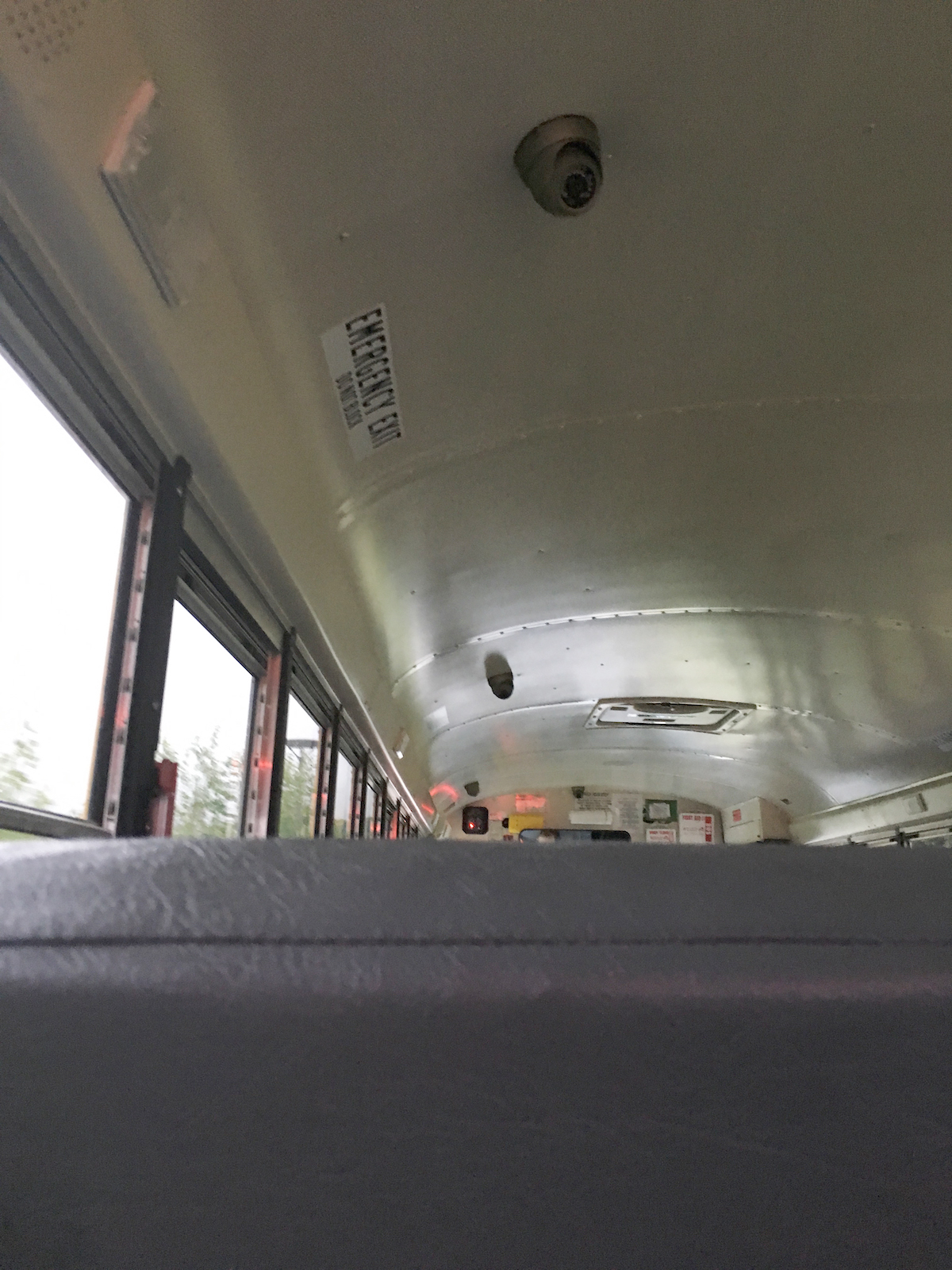
Links to bus surveillance policy go nowhere
That no parents have complained about a situation that wasn’t discussed during open public meetings may be a testament to just how well the secrecy of executive committees is maintained. Parents who do examine the Student/Parent Handbook looking for information, as Grady suggests, may be surprised to discover an information gap there as well. On page 69, the heading, SCHOOL BUS VIDEOTAPING,” is followed by the link:
- (reference School Committee policy available at https://www.wlschools.org/index.cfm )
The link leads to the MGRSD homepage, where a link to the District’s Online Policy Manual can be found in the “School Committee” dropdown menu. The undated policy manual contained, as of September 26, no mention of school bus surveillance.
The Policy Manual does discuss video surveillance within the schools, however, and indicates — contrary to DiLego’s claim — that the School Committee does have some oversight of security on the district’s campuses.
“In pursuit of this objective [of protecting school property], the School Committee authorizes the use of security cameras in school district buildings and on its property to ensure the health, welfare and safety of all students, staff and visitors, to deter theft, vandalism and other negative behavior, to safeguard district buildings, grounds and equipment, and to monitor unauthorized individuals in or on school property.”
Absent or unclear public notification widespread
In response to the suggestion that the decision to install cameras on the buses was unilateral, Grady explained that the district’s school principals and her then business manager conferred and reached the decision together, without input from the public. An e-mailed request for comment to Mount Greylock Regional School’s principal, Mary McDonald, was referred to the superintendent’s office, while one to Williamstown Elementary School’s principal, Joelle Brookner, went unanswered.
…so it’s this kind of increasing sense of distrust in all public institutions. Sociologists call it system avoidance. It’s a pretty well-documented effect.
— Dr. Ben Snyder, Williams College
According to Kade Crockford, Director of the Technology for Liberty Program at the American Civil Liberties Union of Massachusetts, apparently, this approach is pretty standard as a way surveillance gets bolted onto the insides of hallways, cafeterias, classrooms, and buses these days. Crockford, who works to protect First and Fourth Amendment rights and civil liberties in the digital 21st century, and who focuses on how systems of surveillance and control impact society and individuals, spoke to the Glass by Skype. We asked her if she found the lack of public involvement odd.
“Well, I don’t know if I would use the word odd to describe it,” Crockford said. “Unfortunately, that’s all too typical. But it’s certainly troubling. Anytime government agencies are going to adopt new surveillance technologies to monitor any population, but particularly youth, there ought to be a public conversation about what authority intends to do, why they intend to do it, how much it’s going to cost, who’s going to have access to the surveillance data, how that information will be used, how it won’t be used. And there ought to be, ideally, a democratic process that governs whether those plans roll out at all. So I wouldn’t say that it’s uncommon. Unfortunately, far too common.”
Amelia Vance, Senior Counsel and the Director of Education Privacy at the Future of Privacy Forum, noted via Skype that she has made similar observations of school administration behavior.
“This is not at all unusual,” Vance said. That’s been something that really did not strike me as strange at all. Very common. I haven’t heard of anyone doing a good job, necessarily, giving notice, not that that’s a great thing. But I’m not surprised the school rolled out without any notice.”
Emphasis added.
Whose coins drop in MGRSD surveillance nickelodeons unclear
Among the many reasons the public might want to weigh in, as Crockford pointed out, is the question of cost. Superintendent Grady said, by Skype and voicemail, that the MGRSD did not, or will not, pay for the recording equipment, despite requiring that the winning bidder install the surveillance systems. While surveillance systems for buses have definitely come down drastically in price in recent years, equipping one bus with four to six cameras and the hardware to record can run in the thousands, depending on the options.
“They are owned by Dufour; they were not paid for by tax dollars. They’re on buses as a result of just increasing concerns in the entire community around some of the isms and bullying, and so we’re trying to make sure that kids feel safe in all environments,” Grady said in a voice message.
The Board of Education for Strongsville, Ohio, City Schools, citing similar concerns, discussed the question of surveillance cameras on its buses in a public meeting July 15, 2019. Members learned that four cameras on each of the city’s buses would cost their district $121,131, or $1,863 per bus.
In nearby Bowling Green, the school district acquired new school bus camera systems for all 13 of its buses, at a cost $47,963, as reported by the Sentinel-Tribune. Each bus system will include three cameras and an additional camera on the bus’s stop arm.
Grady explained that the contract with Dufour Tours, which was renewed in the beginning of 2019, includes the requirement for cameras, but that their deployment did not use public money for equipment or installation.
By e-mail, Grady explained, “We contract with Dufour and it was part of the scope of the bid. Very standard bid specifications.” By Skype, she continued, “We don’t pay for that part of the contracts. We pay the bus usage. So our standard bus per-dollar amount is what we pay—it wasn’t an added cost for us.”
Asked if she could explain Dufour’s willingness or ability to absorb, potentially, tens of thousands of dollars in new technology costs not part of their 2018–2019 budget, Grady said, “I don’t know. So, they bid it. I wouldn’t know their absorbed costs. But the bus bids go out—it’s a public bid. It’s an RFP.”
The lone appearance cameras make in the MGRSD School Committee minutes in 2019 is found in a March 1 meeting discussion on ways to save money by leasing a van. The notes don’t indicate who is speaking (and this meeting is one of the few that doesn’t seem to have been video-recorded), but the notes indicate that one member of the committee explained:
“We have one van, saving a lot of money for WES/MtG. It would be in our best interest to explore leasing van option / paying a driver. Cost of annual transportation is such that two years of work we’d own the van. Advantages of having two vans. We are seeing rising costs in part b/c of adding cameras (we’re one of the districts that doesn’t have, and have seen incidents this year where that would be useful).”
This confusion over exactly who is paying for the purchase and installation of the equipment, as well as ongoing maintenance of the systems, could not be resolved in time for publication.
Parental consent concept not new
While issues of finance tend to turn out the budget hawks within a community, the issue of parental rights vs. school system authority can be an equally compelling community topic. The U.S. Code, Title 15, Commerce And Trade Chapter 91, addresses the subject of parental consent where children’s data is concerned:
“The term “verifiable parental consent” means any reasonable effort (taking into consideration available technology), including a request for authorization for future collection, use, and disclosure described in the notice, to ensure that a parent of a child receives notice of the operator’s personal information collection, use, and disclosure practices, and authorizes the collection, use, and disclosure, as applicable, of personal information and the subsequent use of that information before that information is collected from that child.”
Although this definition is most commonly applied as it pertains to the internet and social media platforms, the term and concept “parental consent” itself is nearly ubiquitous in connection with the photographing and recording of children in all contexts. A number of parents have expressed dissatisfaction at finding out after the fact that their children are being recorded on the bus without their knowledge. Some of them declined to comment, they said, out of fear that public comments might cause retaliation against their children in the school system. Their remarks are not included here.
A Parents’ Guide to Student Data Privacy, by the Future of Privacy Forum, provides a starting point for parents seeking greater control over their children’s data.
Effect on social development likely in surveilled groups
Parent, writer, and activist Peggy Kern, however, expressed frustration at the situation.
“It’s stunning. I mean, it really is,” Kern said. “That should be a community decision, as much as any other decisions in this town.”
Kern questioned what near constant surveillance does to young people.
“I think what we’re doing,” Kern suggested, “is telling our children that it’s normal to be surveilled, that that’s just a normal part of society, a standard part of society right there. When you go to school, you see a police officer. When you’re on the bus, there’s a camera watching you. I guess my first question is, what is the function of that? And I can think of answers, but none of them are useful to my child. And to me, as a parent, I want my daughter to, I want to normalize liberty for my kid, and freedom for my kid. So, I guess my question would be, what is this normalizing for her instead? And I don’t like it.”
I would be concerned because there actually is a market right now for audio and video of children in order to improve voice recognition of kids, for which there’s very little available research data.
— Amelia Vance, Senior Counsel and the Director of Education Privacy at the Future of Privacy Forum
Ben Snyder, associate professor in the Anthropology and Sociology Department at Williams College, suggested in an interview that society doesn’t have to wonder what the long-term effects of surveillance are. Although he primarily studies surveillance in the context of the criminal justice system, he considered the ramifications of omnipresent cameras in school systems. He notes that pretty good quantitative data exists on the topic.
“One of the questions that sociologists have asked is,” Snyder said, “what are the long term implications of being surveilled on a routine basis. And one of the things that we found is, people basically start to avoid institutions entirely. So the more you’re surveilled by police officers, or the medical establishment, or whatever sort of institution that’s surveilling you, the less trust you seem to have in institutions writ large. So people who are highly surveilled will start to avoid using banks, or they’ll start to avoid using public libraries, will start to avoid schools in general. So it’s this kind of increasing sense of distrust in all public institutions. Sociologists call it system avoidance. It’s a pretty well-documented effect.”
In an interview via Skype, Dr. Matthew Guariglia, a policy analyst at the Electronic Frontier Foundation, expanded on the idea. “If I were a student in the school district,” he mused, “where surveillance is incredibly prolific, was everywhere, I would certainly be afraid to voice my considerations about anything from how bad school lunches are to how unfair I thought a test was, because I would be concerned that that would result in retribution if it was caught on a microphone or something.”
Guariglia also cited the importance to the community of developing clear guidelines around the treatment of student data.
Bad actors have many uses for children’s data
“So one would think,” he said, “that if your children were going to be in an unsupervised space, one would hope that if the person supervising them was a camera, parents would be informed, especially because you don’t know where that footage is going—who stores it, who has control of it, how long it exists for.”

Amelia Vance urged that parents and school administrators should understand that the risks inherent when there is a lack of transparency and policies aren’t hypothetical.
“Something we have been seeing more recently is academics or companies using data in ways that weren’t anticipated. So if there aren’t contractual restrictions on what the bus company can do with that audio or video, I would be concerned because there actually is a market right now for audio and video of children in order to improve voice recognition of kids, for which there’s very little available research data. And also facial recognition of children under the age of 13, in particular, but also under 18.”
She continued, “Not that I think they’re doing this—they’re probably not. But this is, again, sort of something where a lack of transparency, a lack of building in adequate privacy requirements to an original contract is a big issue, because you have a lot of companies, rarely in education, but certainly in other industries, that, if they are allowed to reshare or sell data, they will do so because you can make additional money. And these are businesses, not, you know, nonprofits or charities.”
These types of black market — or gray market — data uses, she says, are why it is so important for school systems to be transparent, to get community feedback, and to make sure that student data is locked down in a security area. The school is likely to be thinking about students’ more immediate safety, she acknowledged, but is unlikely to have a good conception that this is a market that even exists. Because we’re talking about the data of students, she warned, many of them very young, schools need to be a bit more cognizant and make sure that included in any contract are conditions that the data is restricted — that it can’t be reused or sold, and that the district should be preemptively making sure they are fully requiring the bus company only to use the data for the purpose of making sure students are safe, for liability reasons, and nothing else.
Multiple e-mails and voice messages to Dufour Tours in an attempt to obtain a copy of their student data policies went unanswered. Now, with no policy on the books that describes how the bus company must manage any video or audio of their young passengers, a community is left to guess exactly who is in possession of around 250,000 hours worth of footage of minors collected in one school year.
The only policy that might offer any guidance concerns the video surveillance system on site at the district’s schools:
The Superintendent shall ensure that proper procedures are in place and are followed regarding use, viewing, disclosure, retention, disposal and security of video recordings or photographs from security cameras in accordance with applicable laws and regulations. A video recording used for security purposes in school district buildings and/or on school property shall be the sole property of the school district. All video recordings will be stored in their original format and secured to avoid tampering and to ensure confidentiality in accordance with applicable laws and regulations. Access to video recordings from security cameras shall be limited to school administrators.
By e-mail, Superintendent Grady said that if an incident should occur on a bus, she can send a request to Dufour, and a woman at the bus company will send her a clip of the event.
Some parents speak up, others fear recrimination
As noted earlier, some parents were reluctant to speak on the record, and even e-mails to members of the MGRS School Council, an advisory body made up of students, parents, teachers, and administrators, went largely unanswered. One member, Andrea Malone, referred all questions to Grady’s office. Another member, however, Julia Bowen, a parent and founding principal of the Berkshire Arts & Technology Charter Public School in Adams, spoke to the Glass via Skype.
“I would actually say it that I was not aware that they were on the buses,” Bowen said. “I would have assumed they were on the buses.”
By e-mail, she said that she has “no personal concerns about the cameras on the buses,” and both by Skype and e-mail noted that quantifying risks to student safety on buses can be a daunting task. Of course, if the district hasn’t suffered a major harm to a student before the cameras were installed, that doesn’t mean that issues don’t surface regularly. As principal at BART, she said she had to watch hours and hours of security footage from buses to determine exactly what happened on a route. By e-mail, she acknowledged the possibility that a public conversation might be called for.
“In my mind,” Bowen said in an e-mail, “the real question here is, who gets to decide how the schools choose to keep our children safe? School personnel have to make hundreds, if not thousands, of decisions in this regard. They are hired and trained to do so. They obviously can’t always ask the public to weigh in on those decisions (either because it compromises safety or because of the sheer volume of decisions). It may be that this was a decision that the public does want a voice in, but controversy was not expected by the administration. I’m not sure if it compromises safety to discuss the cameras, but if it doesn’t, there should be a way for the conversation to be raised and have open debate about it.”
Although Vance said that the conversation would ideally have occurred prior to any decisions, she offered some tips for a school district faced with communicating with its clients about surveillance choices.
“Oftentimes,” Vance said, “and this is where it can be really difficult for schools, particularly if they have limited resources, [as is the case in] small districts, but you need to reach out on multiple channels, because parents have different availability and different preferred ways of communication. Particularly, lower socioeconomic parents are more likely to engage through their phones, and so make sure that you send out [information] in a mobile-friendly format. But there are multiple ways to engage — first and foremost putting it on the local school board agenda, ideally, running it past that committee you mentioned, but also sending out emails to the community… ‘We are considering adopting this because there have been incidents of bullying (or whatever else). We would like your feedback, so feel free to e-mail here or come to these meetings and weigh in,’ because then, at least, you have some prior notice. You have given people an opportunity to respond.”
Peggy Kern suggests that a public dialogue might even expand the range of solutions for the community to consider.
“I always look to a community solution first,” she explained, “before I move to a surveillance or police solution. Do we need more parents? Do we need to take some money from our police department and use it to fund adults on the bus for 30 minutes in the morning? There are others solutions. I would also urge us to look at our community and wonder why there’s violence occurring. Right?…The safest communities don’t have more police and cameras, they have more resources.”
Editor’s Note: Many of the questions asked of various people went unanswered, while pages of fascinating, riveting knowledge and opinions of those people who agreed to be interviewed had to be left out of this already rather lengthy article. We will continue to explore the expansive subject of child surveillance in Part II of this series, “Panopticon, Jr.!” part of our coverage of The System, at the Greylock Glass.
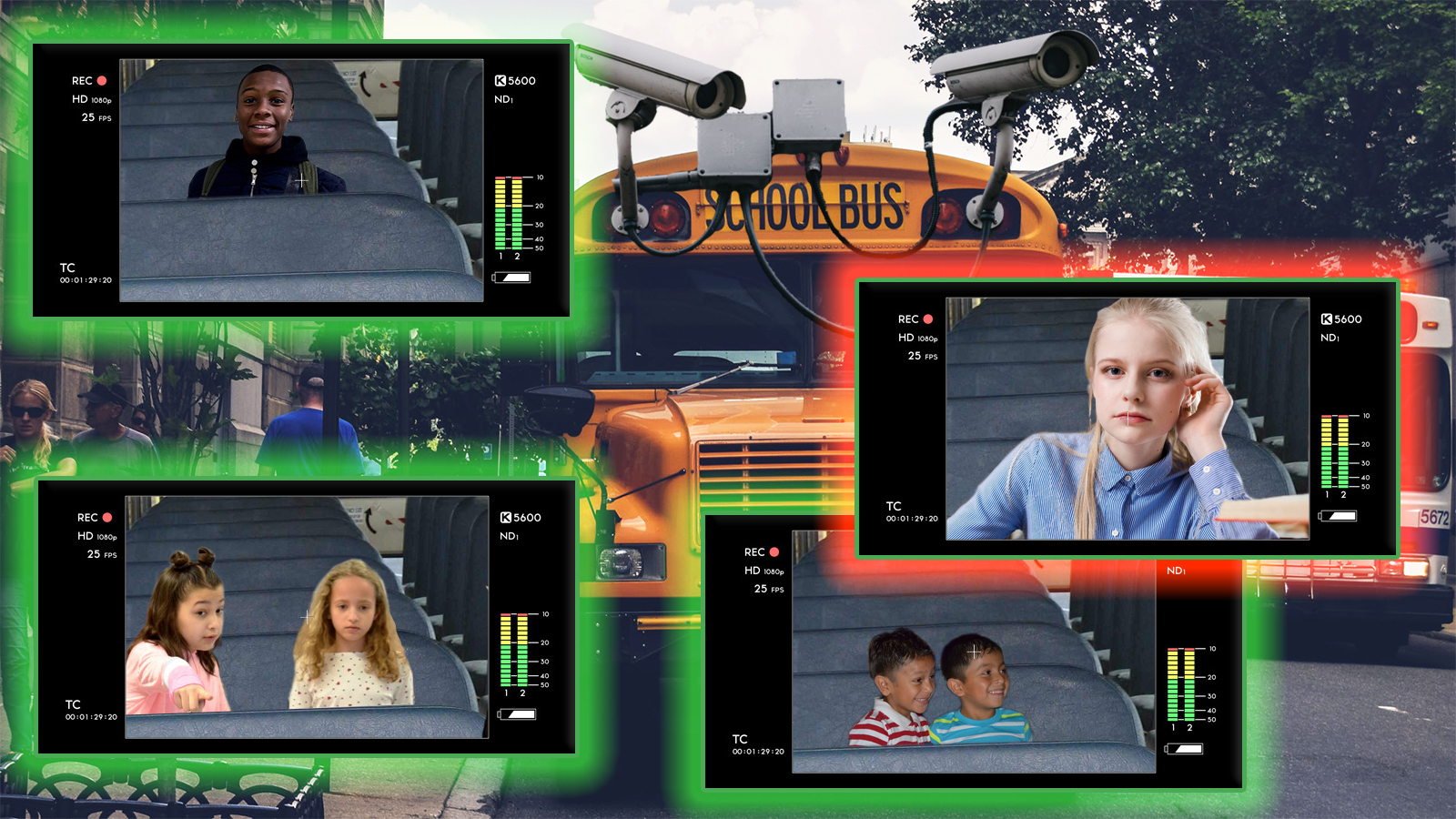


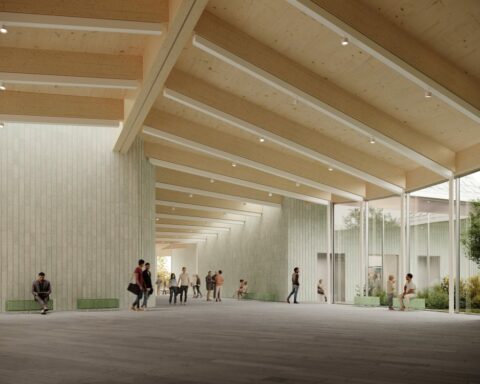
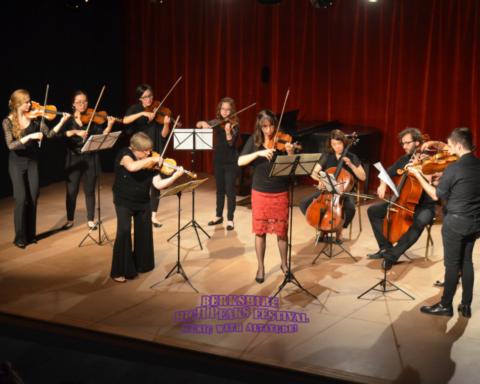
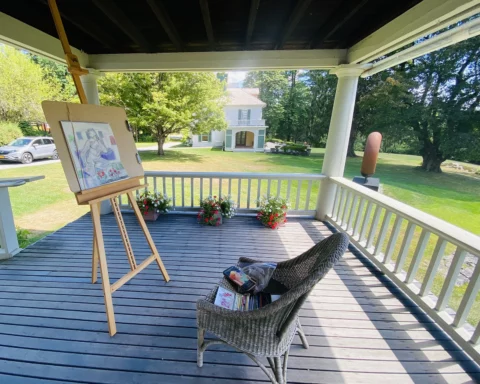
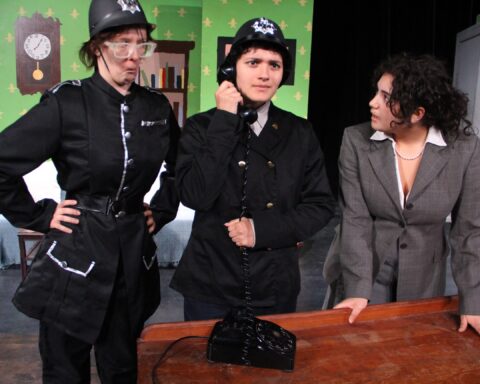










You must be logged in to post a comment.